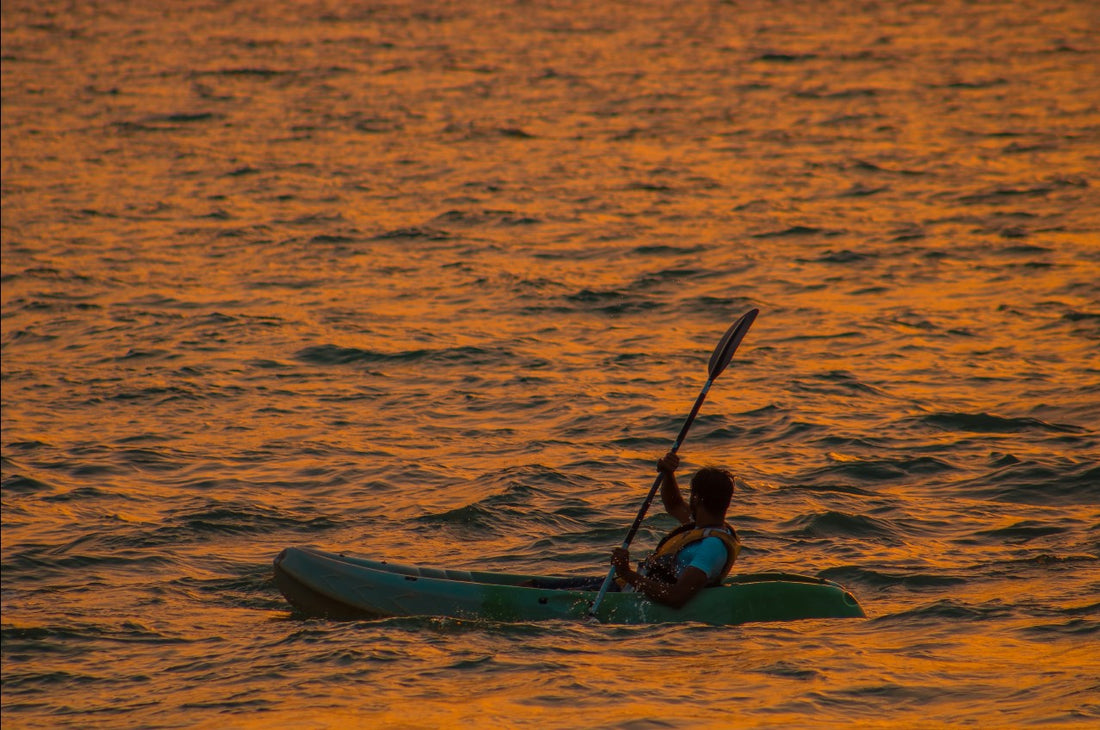
Embarking on a kayaking or canoeing adventure offers a thrilling experience, but choosing the right kayak or canoe size is paramount for a safe and enjoyable journey. This comprehensive guide will walk you through the steps of selecting the ideal watercraft based on your weight, skill level, and intended use. From serene lakes to whitewater rapids, we'll cover it all.
Understanding Your Weight and Intended Use:
Before delving into the specifics, assess your weight and determine the purpose of your paddling expedition. Different types of kayaks and canoes are designed for various activities:
-
Recreational Paddling:
- Ideal for beginners and casual paddlers.
- Opt for wider kayaks or canoes that offer stability in calm waters.
- Great for exploring calm lakes, slow rivers, and coastal areas.
-
Touring or Sea Kayaking:
- Suited for longer journeys and open water conditions.
- Consider longer kayaks with narrower profiles for improved tracking and speed.
-
Whitewater Adventures:
- For adventurous souls seeking the thrill of fast-moving rivers and rapids.
- Choose shorter kayaks with rocker (curvature at bow and stern) for agility and maneuverability.
-
Fishing Expeditions:
- Anglers benefit from specialized fishing kayaks and canoes.
- Look for stability, storage space, and angler-friendly features.
Key Factors in Choosing the Right Size:
-
Weight Capacity:
- Always choose a kayak or canoe with a weight capacity that exceeds your weight (including gear).
- Adequate weight capacity ensures stability and buoyancy.
-
Length Matters:
- Short kayaks (8-12 feet) offer maneuverability for smaller waters and beginners.
- Medium kayaks (12-16 feet) balance maneuverability and tracking for diverse conditions.
- Long kayaks (16+ feet) excel in tracking and are ideal for touring.
-
Width (Beam):
- Wider kayaks offer stability and suit novice paddlers.
- Narrower kayaks are faster and better for experienced users.
-
Cockpit Size:
- Larger cockpits are comfortable and suitable for recreational paddling.
- Smaller cockpits offer protection against water splashes and waves in more challenging conditions.
-
Skill Level:
- Beginners should opt for stability; wider kayaks are preferable.
- Experienced paddlers can explore narrower kayaks for enhanced performance.
Testing and Expert Advice:
-
Test and Demo:
- Try out different kayaks or canoes before purchasing, if possible.
- Rentals and demos provide hands-on experience.
-
Consult with Experts:
- Seek advice from experienced paddlers, instructors, or kayak shop professionals.
- They offer insights based on your needs and preferences.
Choosing the right kayak or canoe size is crucial for a safe and enjoyable water adventure. Assess your weight, skill level, and intended use to determine the perfect fit. Remember, stability, maneuverability, and the type of water you'll encounter are key factors to consider. By following these guidelines and seeking expert advice, you'll be well-equipped to embark on an unforgettable paddling experience. So, gear up, choose wisely, and set sail for endless aquatic exploration!
